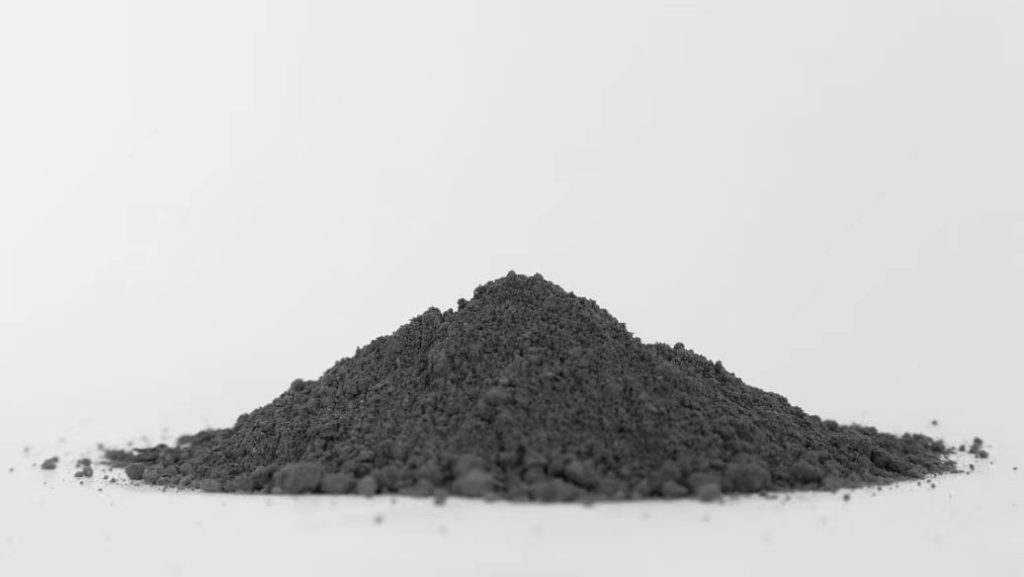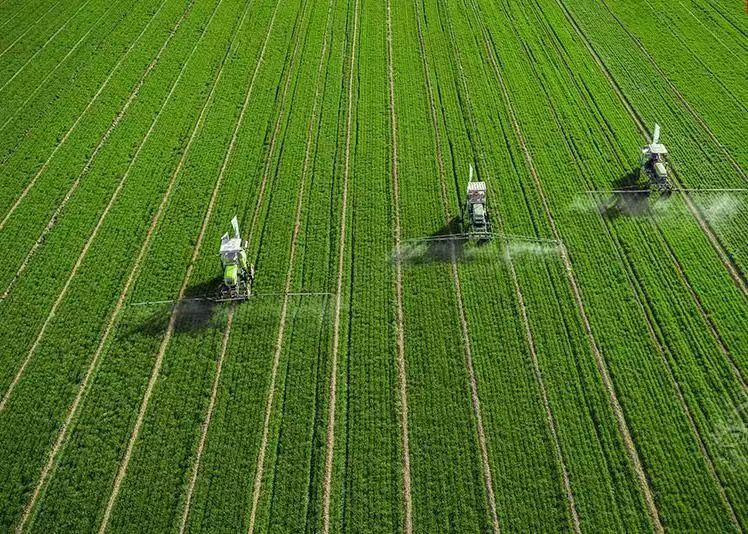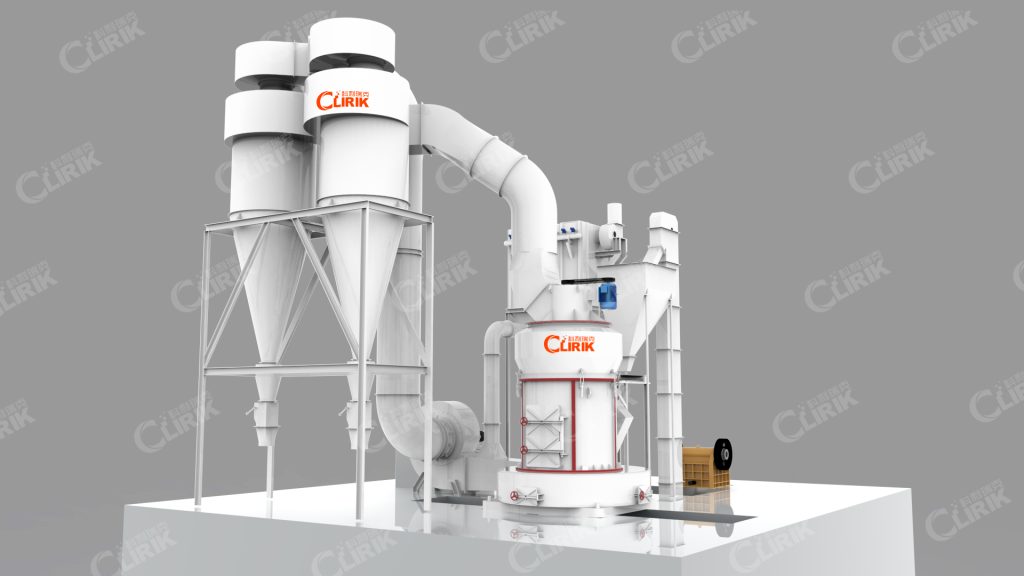
In the 1970s, the global energy crisis, environmental pollution, and depletion of mineral resources strongly stimulated research and development in fly ash utilization. Numerous international conferences on fly ash were held, leading to increasingly profound research work and significant progress in its application. Fly ash has emerged as a prominent resource with abundant availability and low cost, serving as raw material for new building materials and chemical products that are highly favored in the international market. The focus of fly ash research has shifted from theoretical exploration to practical applications, particularly towards the development and utilization of vital resources. The production of fly ash-based products is expanding while technology continues to advance.
Fly ash is the fine residue collected from flue gas after coal combustion, and it constitutes the primary solid waste discharged by coal-fired power plants. The main oxides present in fly ash generated by thermal power plants in China include SiO2, Al2O3, FeO, Fe2O3, CaO, TiO2 and other elements. With the growth of electric power industry, fly ash discharge has been increasing annually and has become one of China’s major industrial wastes with significant displacement. If not treated properly, large amounts of fly ash can generate dust that pollutes the atmosphere or cause river siltation when discharged into water systems; furthermore toxic chemicals contained within may also pose a threat to human health and biological organisms. However, fly ash can be utilized as a valuable resource such as an admixture for concrete.

The primary source of fly ash is derived from coal-fired power plants and urban central heating boilers fueled by pulverized coal. More than 90% of this ash is discharged in a wet form, which exhibits lower activity compared to dry ash. This discharge process consumes water and electricity, resulting in environmental pollution and hindering comprehensive utilization efforts. To better protect the environment and promote the comprehensive utilization of fly ash, it is essential to consider the maturity of dust removal technology and methods for transporting dry ash. Consequently, collecting dry ash has emerged as the future development trend for fly ash collection.
Fly ash has a similar appearance to cement and varies in color from milky white to grayish black. The color of fly ash is an important quality indicator, which can reflect the amount and variation of carbon content. To some extent, it can also indicate the fineness of fly ash. The darker the color, the finer the particle size of fly ash and the higher its carbon content. Fly ash is classified into low calcium fly ash and high calcium fly ash. Typically, high calcium fly ash appears yellow while low calcium fly ash appears gray. Fly ash particles have a porous honeycomb structure with a large specific surface area ranging from 0.5 to 300μm in particle size. Additionally, they possess a porous bead wall structure with porosity as high as 50%-80% and exhibit strong water absorption.

Fly ash is used as a substitute for clay raw material in cement production, allowing the cement industry to utilize the unburned carbon present in fly ash. It serves as an essential component in cement mixtures and contributes to the creation of low-temperature synthetic cement. The production process involves steam curing the compound to form hydrate, followed by dehydration and a low-temperature solid reaction that leads to the formation of cement minerals. Additionally, fly ash can be utilized for producing clinker-free cement, including lime fly ash cement and pure fly ash cement. Lime fly ash cement involves dry mixing 10%-30% quicklime or slaked lime with finely ground fly ash and a small amount of gypsum, resulting in a hydraulic binding material. Furthermore, it finds application as an admixture in mortar or concrete where its addition can replace some portion of cement or fine aggregate. This not only reduces costs but also enhances workability, impermeability against water/gas/sulfates/chemical erosion, reduces heat hydration, improves high temperature resistance while preventing particle separation/water precipitation phenomena/shrinkage/cracking within concrete structures and inhibiting stray current corrosion on steel bars.

Steam fly ash brick is a kind of wall material made of power plant fly ash and quicklime or other alkaline activator as main raw materials. It can also be mixed with an appropriate amount of gypsum, cinder or water-quenched slag aggregate. Sintered fly ash brick is produced from fly ash, clay and other industrial waste materials. These materials are processed from raw materials, mixed, formed, dried, trained and fired into bricks.
The foam fly ash insulation brick is produced by autoclaving. It is a new type of thermal insulation brick made of fly ash, adding a certain amount of lime and foam agent, batching, stirring, pouring and autoclaving.
Fly ash silicate block with fly ash, lime, gypsum as the cementing material, with coal slag, blast furnace slag as the aggregate. It is made by water stirring, vibration forming and steam curing. Fly ash aerated concrete takes fly ash as the main raw material. In addition, it mixes lime, cement, gypsum and aluminum powder in proper proportions, which is mixed with water to form a slurry. It is then injected into a mold and steamed to make a porous, lightweight building material.
Fly ash ceramic powder is a kind of artificial lightweight aggregate made by mixing fly ash, a small amount of adhesive and solid fuel. The ball is formed and then sintered at a high temperature. Fly ash light insulation brick is composed of fly ash, burnt stone soft soil, wood chips. It has high insulation efficiency, reducing furnace wall thickness, combustion time, fuel consumption, while improving thermal efficiency, thereby reducing costs.

The utilization of fly ash as an agricultural fertilizer holds immense potential due to its abundant resources and eco-friendly nature. Apart from ameliorating unsuitable soils like heavy clay, raw soil, acidic soil, and saline-alkali soil, it effectively addresses issues related to high acidity and low fertility in these soils. Fly ash contains a rich concentration of water-soluble nutrients such as silicon, calcium, magnesium, and phosphorus that are vital for optimal crop growth. Consequently, the application of fly ash as a fertilizer not only supplies essential nutrients to plants but also fosters their healthy development. In practical terms, the use of fly ash fertilizer enhances soil fertility and improves its structure while simultaneously regulating pH levels and mitigating damage caused by salt and alkali on plant roots. Moreover, owing to its fine particle size during application process ensures uniform distribution across the entire surface layer leading to consistent nutrient release without any waste or pollution concerns associated with conventional chemical fertilizers.
Furthermore, fly ash exhibits remarkable moisture absorption and retention properties which significantly reduce evaporation rates thereby providing long-lasting moisture effects particularly in arid regions or during periods of water scarcity. Additionally,it also facilitates root respiration through excellent ventilation characteristics thus creating a conducive micro-ecological environment for plant growth. These inherent advantages have made fly ash widely embraced in modern agriculture practices.
In conclusion,fly ash emerges as an ideal choice for agricultural fertilization due to its favorable physical and chemical attributes coupled with its abundance in essential nutrient elements. Rational utilization through scientific application of this material can enhance farmland productivity while aligning with sustainable development strategies.

Capacity: 1-45 t/h
Feed Size: 35 mm
Powder Fineness: 50-400 mesh
The high pressure mill, also known as the high pressure overhang roller mill or swing mill, is an upgraded version of the Raymond mill. It utilizes closed circulation to process fine powder and enhances output and production efficiency to a certain extent. It can serve as a substitute for efficient pulverizing equipment like ball mills. The high pressure crusher is suitable for grinding various materials with a Mohs hardness below 9.3. Apart from coal ash, it can also handle materials such as calcium carbonate, barite, dolomite, calcite, limestone, kaolin, bentonite, marble, gypsum quartz,feldspar clay,talc fluorite clay white mud mica refractory glass,and approximately 1000 other types of materials.
Mill Advantages
Wide range of finished particle size: The roller mill offers a wide range of options for the particle size of the finished product. With a maximum particle size of 0.25mm (50 mesh), it caters to various industries and applications. Whether you need coarse particles or fine powder, this mill can deliver exceptional results. In fact, the fine powder produced by this mill typically has a particle size as small as 0.0374mm (400 mesh), ensuring precision and consistency in your final product.
Good environmental protection effect: Environmental consciousness is becoming increasingly important in today’s world, and the roller mill takes this into consideration. It adopts a superimposed multistage seal that not only provides excellent sealing performance but also ensures effective dust removal. This design is fully compliant with national dust emission standards, making it an environmentally friendly choice for your milling needs.
High year-on-year output: When compared to other mills operating under similar dynamic conditions, the roller mill stands out with its impressive increase in output by 20-30%. This boost in productivity can be attributed to several factors, including the unique grinding pressure exerted on materials by the YGM high-pressure mill roller. With an increase of 800-1200kg due to the high-pressure spring action, you can expect higher yields and improved efficiency from this machine.
Unique structural design: The roller mill boasts a distinctive structural design that sets it apart from conventional mills on the market. One notable feature is its pressure device equipped with a high-pressure spring system. This innovative mechanism allows for increased roller pressure by 800-1200kg, resulting in enhanced grinding capabilities and ultimately leading to a remarkable output increase of 20-30%. Such ingenuity ensures optimal performance and sets new standards in milling technology.
Clirik is a reputable manufacturer of mining machinery and equipment, renowned for their global popularity. If you have any interest in our top-notch equipment, please feel free to contact us using the information provided on this page. Moreover, we boast a team of highly skilled engineers and technicians who are capable of tailoring machinery and equipment to meet your specific requirements, ensuring that they perfectly suit your needs. We eagerly await your call!